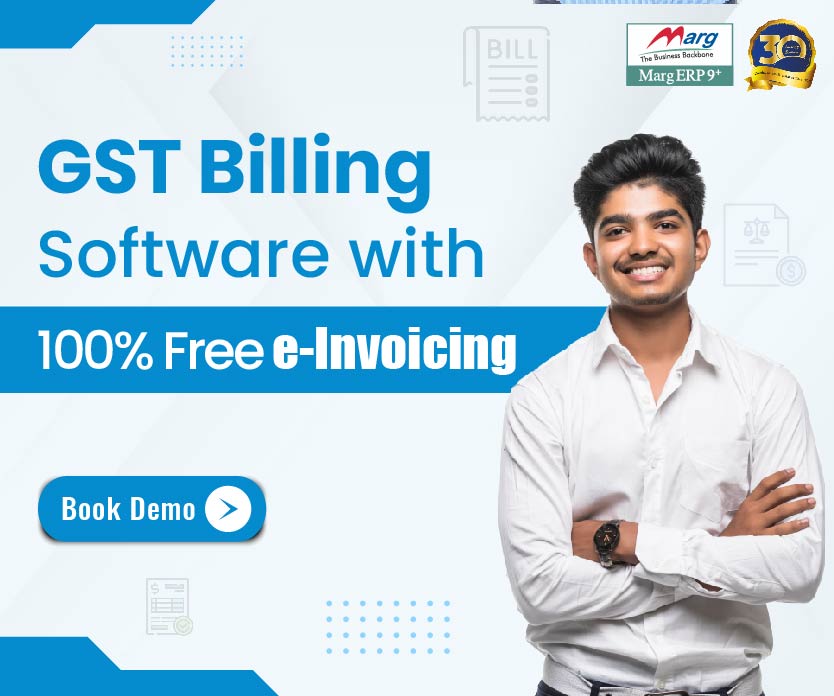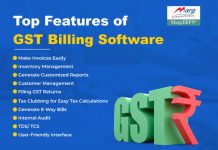Introduction:
Goods and Services Tax (GST) has been implemented in India since July 1, 2017, and has simplified the taxation system to a large extent. Under GST, every registered taxpayer has to file various returns, including GSTR 8. GSTR 8 is a return filed by e-commerce operators who collect tax at source (TCS) on supplies made through their platform. In this blog, we will discuss GSTR 8 in detail.
What is GSTR 8?
GSTR 8 is a monthly return that e-commerce operators have to file under GST. This return contains details of the supplies made through the e-commerce platform and the amount of TCS collected on those supplies. The return also includes the details of the supplies made by the e-commerce operator on their own account.
Who has to file GSTR 8?
As mentioned earlier, e-commerce operators who collect tax at source (TCS) on supplies made through their platform have to file GSTR 8. This return has to be filed by the 10th of the following month. If the e-commerce operator fails to file this return on time, they will be liable to pay interest and late fees.
Details required to file GSTR 8:
To file GSTR 8, the e-commerce operator has to provide the following details:
GSTIN of the e-commerce operator
The financial year and the month for which the return is being filed
The details of supplies made through the e-commerce platform, including the name and GSTIN of the supplier, the value of supplies, and the amount of TCS collected.
The details of supplies made by the e-commerce operator on their own account, including the name and GSTIN of the recipient, the value of supplies, and the amount of tax collected.
Amendments to the details of supplies made in the previous months, if any.
Penalties for non-compliance:
If the e-commerce operator fails to file GSTR 8 within the due date, they will be liable to pay interest at the rate of 18% per annum on the amount of tax payable. The interest is calculated from the due date of filing the return until the date of payment of tax. In addition to the interest, the e-commerce operator will also have to pay a late fee of Rs. 100 per day, subject to a maximum of Rs. 5,000.
Procedure for Filing GSTR 8:
To file GSTR 8, the e-commerce operator has to follow the below-mentioned steps:
- Log in to the GST portal using valid credentials.
- Select the ‘Services’ tab from the dashboard and click on the ‘Returns’ option. Under this option, select ‘Returns Dashboard’.
- Select the financial year and the month for which the GSTR 8 return has to be filed.
- Enter the details of the supplies made through the e-commerce platform, including the name and GSTIN of the supplier, the value of supplies, and the amount of TCS collected.
- Enter the details of supplies made by the e-commerce operator on their own account, including the name and GSTIN of the recipient, the value of supplies, and the amount of tax collected.
- Review the details entered in the return and make any corrections if necessary.
- Submit the return and take a printout of the acknowledgment.
Note: The e-commerce operator can also make amendments to the GSTR 8 return filed for the previous months.
Important points to be kept in mind while filing GSTR 8:
- The GSTR 8 return has to be filed by the 10th of the following month.
- The TCS collected by the e-commerce operator has to be deposited with the government by the 10th of the following month.
- The e-commerce operator has to file GSTR 8 even if there is no TCS to be collected in a particular month.
- If the e-commerce operator has not made any supplies through the platform or on their own account, they have to file a ‘nil’ GSTR 8 return.
- If there are any errors in the return filed, the e-commerce operator can rectify the same in the subsequent GSTR 8 return.
Impact of GSTR 8 on e-commerce operators:
GSTR 8 has brought significant changes in the e-commerce sector in India. Earlier, the e-commerce operators were not liable to pay any taxes, but with the introduction of GST, they have to collect TCS on supplies made through their platform and deposit the same with the government. This has made the e-commerce operators accountable for the tax collected and has increased transparency in the sector.
However, complying with the regulations of GSTR 8 can be challenging for e-commerce operators, especially those who have a large number of sellers on their platform. They have to ensure that the details of supplies made through the platform and on their own account are accurately entered in the return, and any errors or omissions can result in penalties or interest.
The introduction of GSTR 8 has also increased the compliance burden on the e-commerce operators, and they have to invest in technology and human resources to comply with the regulations. The smaller e-commerce operators may find it challenging to comply with the regulations and may require external help to file the returns accurately.
Conclusion:
GSTR 8 is an essential return filed by e-commerce operators under GST, and it has brought transparency and accountability in the sector. The e-commerce operators have to comply with the regulations and file the return on time to avoid any penalties or interest. However, complying with the regulations can be challenging, especially for smaller e-commerce operators, and they may require external help to comply with the regulations. Overall, GSTR 8 has had a significant impact on the e-commerce sector in India, and it has brought transparency and accountability in the sector.
Read more useful content:
Frequently Asked Questions (FAQ’s)
Q1.) Who is required to file GSTR 8 return?
E-commerce operators who are registered under GST and are responsible for collecting TCS on supplies made through their platform are required to file GSTR 8.
Q2.) What is the due date for filing GSTR 8 return?
The due date for filing GSTR 8 is the 10th of the following month.
Q3.) What are the consequences of not filing GSTR 8 return?
Non-filing or late filing of GSTR 8 return may result in penalties and interest charges.
Q4.) Is it mandatory to file a “nil” GSTR 8 return?
Yes, if the e-commerce operator has not made any supplies through the platform or on their own account, they have to file a “nil” GSTR 8 return.
Q5.) What are the details required to be entered in the GSTR 8 return?
The e-commerce operator has to enter the details of supplies made through their platform, including the name and GSTIN of the supplier, the value of supplies, and the amount of TCS collected.
Q6.) Can an e-commerce operator make changes to the GSTR 8 return filed for the previous months?
Yes, an e-commerce operator can make amendments to the GSTR 8 return filed for the previous months.
Q7.) Can an e-commerce operator claim a refund of the TCS collected?
No, an e-commerce operator cannot claim a refund of the TCS collected, as it is to be deposited with the government.
Q8.) What is the penalty for late filing of GSTR 8 return?
The penalty for late filing of GSTR 8 return is Rs. 100 per day, subject to a maximum of 0.25% of the turnover in the relevant state.
Q9.) Can an e-commerce operator adjust the TCS collected against their output tax liability?
Yes, an e-commerce operator can adjust the TCS collected against their output tax liability.
Q10.) Is there any specific format for filing GSTR 8 return?
Yes, GSTR 8 return has to be filed in a specified format, which is available on the GST portal.








